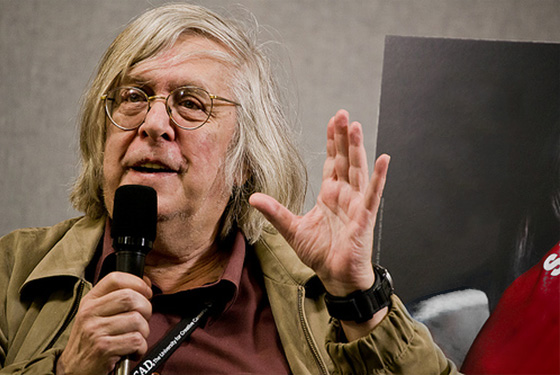From the Chicago Reader (October 1, 1987). — J.R.
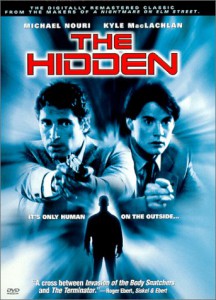
Michael Nouri and Kyle MacLachlan (Dune, Blue Velvet) star in this 1987 SF crime thriller, directed by Jack Sholder, about a police detective investigating a series of mysterious crimes who discovers that the perpetrators are all inhabited by an alien life form. Despite its reputation as a sleeper, this isn’t much more than a capably directed version of a film we’ve already seen many times before: some well-executed car chases and efficient acting (including proof that MacLachlan can be weird without David Lynch), but not much development of the familiar possession theme a la Heinlein’s The Puppet Masters. Unfortunately, many of the most intriguing details — such as the alien’s taste for loud pop music — are left hanging rather than fleshed out, and the film eventually reduces itself to mechanical (if well-crafted) action sequences. (JR)
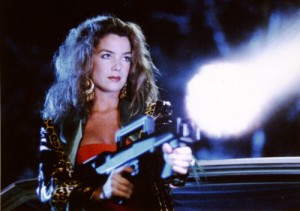 Read more
Read more
From the Chicago Reader (August 10, 1990). Even though this is favorable, I think I underestimated the achievement of this first feature; reseeing it a quarter of a century later, in preparation for a very enjoyable public Skype conversation with Whit Stillman held at the Gene Siskel Film Center, it looked much better and much richer, and the tenderness shown towards almost all of the characters is indelible. — J.R.
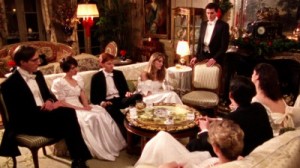
Whether it’s “accurate” or not, Whit Stillman’s crafty independent feature about wealthy Park Avenue teenagers and a middle-class boy who joins their ranks over one Christmas vacation is certainly well imagined, and impressively acted by a cast of newcomers (including Carolyn Farina, Edward Clements, Christopher Eigeman, Taylor Nichols, and Elizabeth Thompson). The simple but offbeat form of the film — which concentrates mainly on a series of social gatherings among a circle of friends, separated by fade-outs — has its awkward moments, but the charm of the actors and the wit and freshness of the dialogue (which touches on such subjects as Jane Austen, romance, and class consciousness) keep one interested (1990). (Fine Arts)
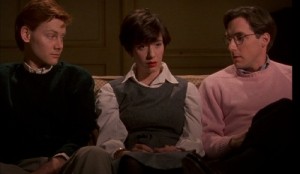 Read more
Read more
